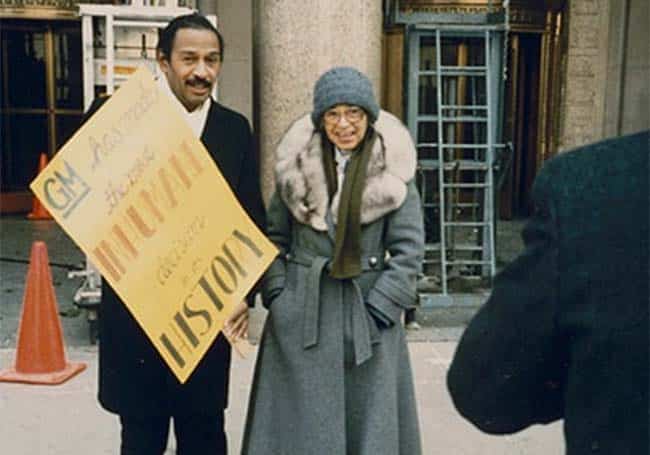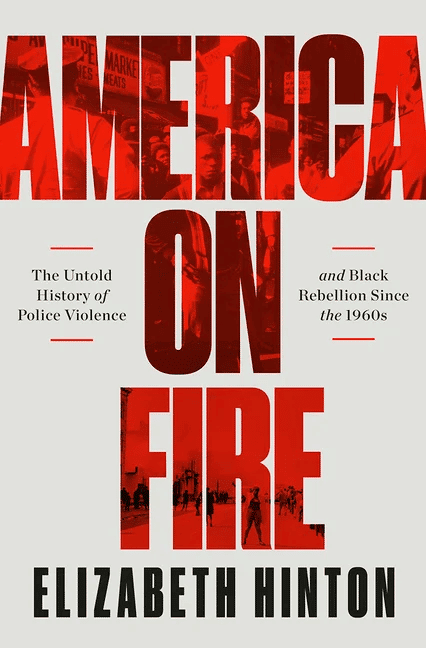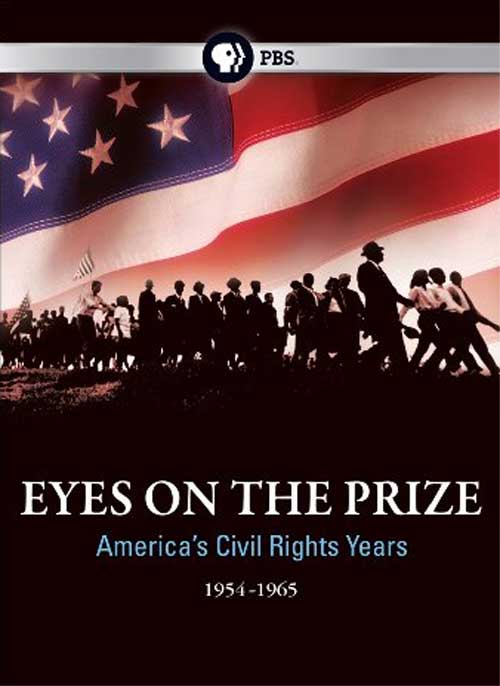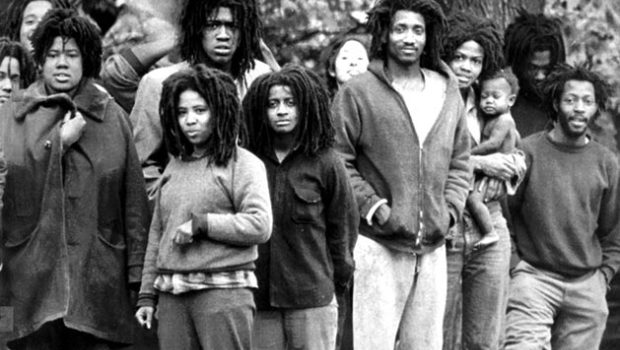The Columbia Avenue Uprising, sometimes called the Philadelphia Race Riot or the Columbia Avenue Riot, began in the predominantly African American neighborhoods of North Philadelphia after an altercation with the police on August 28, 1964 and continued for three days.

Columbia Avenue during the August uprising of 1944. Source: BlackPast
Describing how the riots began, Alex Elkins writes,
On Friday, August 28, 1964, a scuffle with police at the busy intersection of Twenty-Second Street and Columbia Avenue sparked a three-day riot involving hundreds of North Philadelphians hurling bottles and bricks at police and looting stores. With the Columbia Avenue Riot, Philadelphia joined six other cities, including Jersey City, Paterson, and Elizabeth, New Jersey, that erupted in African American protest during July and August 1964. Similar actions in hundreds of other cities followed by 1968. In Philadelphia, as across the country, urban unrest fractured liberal interracial coalitions and gave rise to law-and-order politics.
With hundreds of police officers arriving at the scene, the uprising escalated quickly.
Hillary S. Kativa writes,
As looters overtook Columbia Avenue in August 1964, Philadelphia NAACP President Cecil B. Moore and other civil rights leaders appealed to the crowd to disperse, but were rebuffed. To Moore’s pleas for order, one woman memorably responded “this is the only time in my life I’ve got a chance to get these things,” exemplifying the conventional interpretation that a lack of progress on civil rights and poor living conditions in North Philadelphia fueled the riots.
According to BlackPast, when the uprising was over on Sunday, “two people had been killed, 350 were wounded, and damage to the establishments on Columbia Avenue totaled approximately $4 million.” Estimates range from 1,000 to 1,300 people arrested over the weekend, while countless others suffered due to police abuse.
As Elkins notes, “the unrest generated key momentum for local activists that arguably culminated in the election of the city’s first African American mayor, Wilson Goode, in 1983.” Goode would authorize the bombing of the dissident group MOVE in a Philadelphia neighborhood just two years later.

Columbia Avenue more recently. Photo by Ethan Wallace. Source: Hidden City
Additional Resources
Timeline: Columbia Avenue Riots (Temple University Libraries)
When Columbia Avenue Erupted by Hidden City Staff (Hidden City)
Ruminating On Lost Columbia Avenue by Ethan Wallace (Hidden City)
Columbia Avenue Riot by Alex Elkins (The Greater Encyclopedia of Philadelphia)
The Columbia Avenue Riots (1964) by Hillary S. Kativa (Temple University Libraries)
Watch the documentary Philadelphia: The Great Experiement below.












Twitter
Google plus
LinkedIn